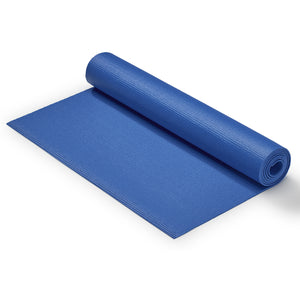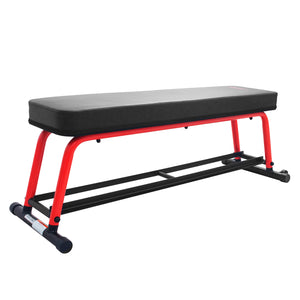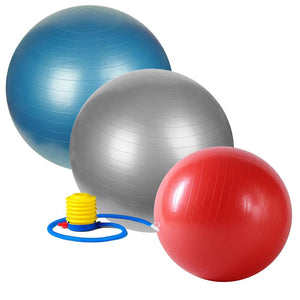If you’ve noticed that you can’t quite carry or lift things as well as you used to without your wrists, elbows, neck, and shoulders getting fatigued or sore, it might be time to increase your upper body strength.
Having good upper body strength can help you accomplish many daily tasks with ease. Everything from simple tasks like opening a jar of pasta sauce, or more strenuous tasks like rearranging your furniture, require a significant amount of upper body strength. Carrying grocery bags, lifting boxes, carrying your kids, and doing yard work all require upper body strength to be performed well day after day without putting yourself at risk for injury from overuse. Often, people aren’t aware of their need for upper body training until injury or aggravation occurs.
Apart from having the ability to perform daily tasks well, having a well-developed upper body musculature will help you increase your resting metabolism so your body burns more calories at rest. This is great if you are someone who is trying to lose a little extra weight. Building lean muscle will also help reduce body fat so you achieve a more lean look in your arms, chest, back, and shoulders. Good upper body musculature can also help prevent and improve posture while reducing your risk of osteoporosis.
Starting an Upper Body Training Program
While it is possible to train your upper body without any equipment using only your body weight, investing in a set or two of dumbbells can provide you with the ability to add variety to your workouts so you do get bored. Adjustable dumbbells are great if you don’t want to have a bunch of dumbbells taking up space. Having a bench, anti-burst gym ball, or boxing gears will also help you increase the variety of upper body exercises you can perform. Exercise mats are also helpful, so you can avoid the discomfort of performing workouts on hard flooring.
After you decide what type of equipment you are going to use, you need to establish a good workout routine. Your first step should be to find a way to properly warm up. Not only is increasing blood flow and your overall temperature important, you need to perform specific upper body warm up exercises. Check out the exercises below to ensure proper warm up before your upper body exercise.
Upper Body Warm Up Routine:
Jumping Jacks – 1 Min

Inchworm – 1 Min

Arm Circles Forward - 30 seconds

Arm Circles Back – 30 seconds

Arm Swings – 30 seconds

Selecting an Upper Body Workout
While you may have a specific goal when starting your upper body exercise program, it is best to work on muscle throughout your upper body rather than training one group. This will help prevent muscular imbalances which can increase your risk of injury. I would suggest targeting each upper body muscle group by completing 2-3 sets of 15-12 repetitions if resistance training is new to you. If you are more experienced with resistance training, you can aim for 3-5 sets of 5-10 repetitions per exercise. Keep in mind its best to perform multi joint movements like pushups and rows when selecting fewer than 8 reps for a set. Single joint movements like bicep curls and triceps extensions are best performed above 8 repetitions per set. Always make sure you have a rest day in-between your upper body training days, and take extra days to rest if your soreness and fatigue lingers.
We have a variety of workouts on your YouTube channel to help you reach your goals. Here are a few that are focused specifically on helping you train your upper body.
Foundational Upper Body Strength
Upper Body Strength
Upper Body Circuit
Upper Body Workout
Tips for Success
- Warm up your whole body prior to starting any resistance training workout.
- Practice good form. Slow and controlled reps should be performed during every workout, especially if you are learning an exercise that you haven’t done before.
- Always maintain good posture. While you perform upper body exercises, you should maintain a tight core. This will help you maintain good posture and train your core for a safe and effective workout.
- If you feel any pain, stop the exercise. Discomfort is common during workouts, but you should never feel pain. If you have concerns about an exercise being painful or experience pain during any exercise, please speak with a medical professional.
- Always check with your doctor prior to starting these or any other workout program.
























Add Your Name & Email
Please enter your name and email to continue.We won’t display your email publicly.